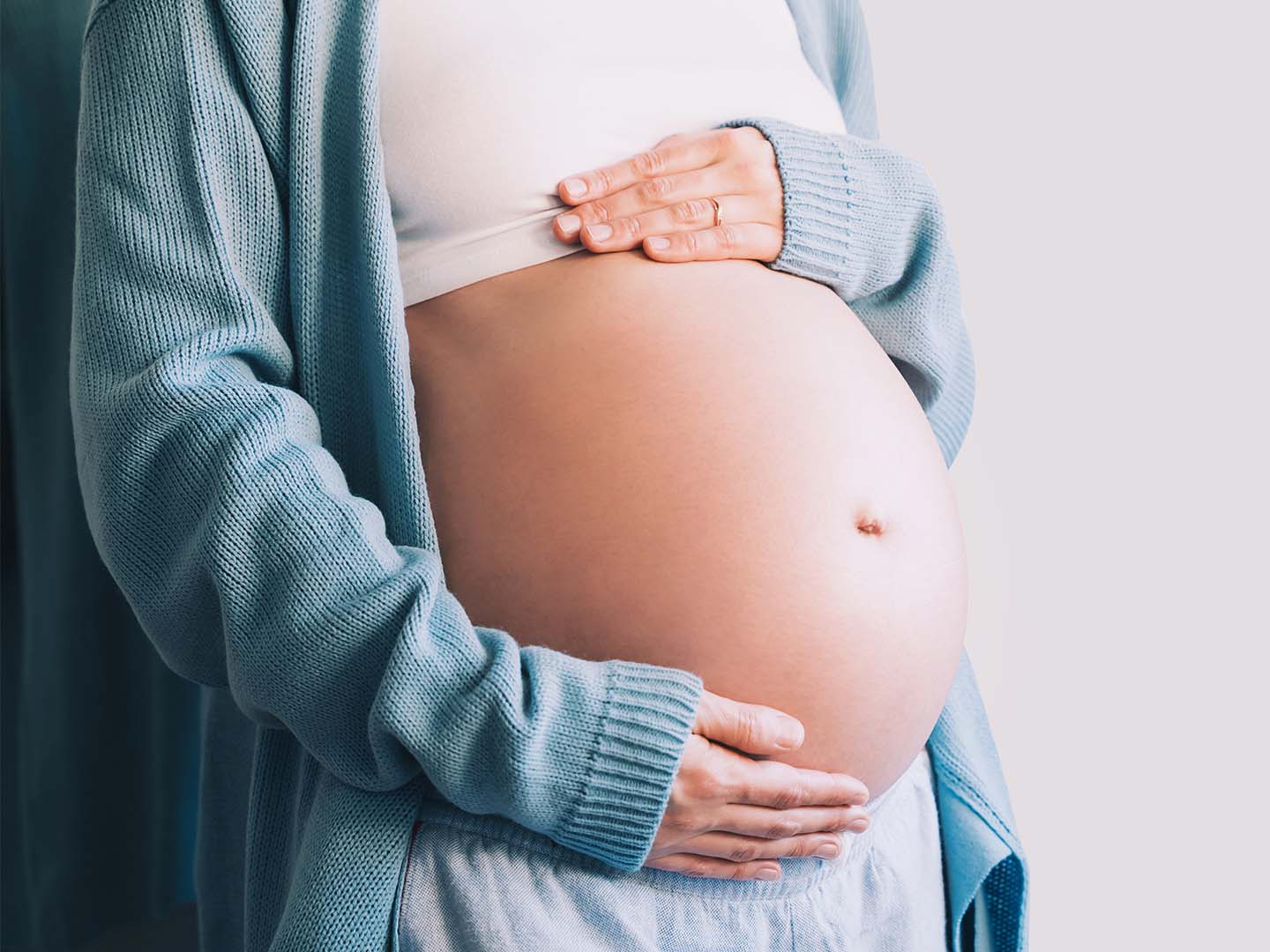
Researchers at the University of Houston say fertility rates in states that passed sweeping abortion bans after the U.S. Supreme Court’s landmark reversal of Roe. v. Wade are higher than states without bans.
Fertility rate is defined as the number of live births compared to the total number of women of childbearing age in a specific population over a specific period of time.
In a new report from UH’s Institute for Research on Women, Gender & Sexuality, researchers examined data from the Centers for Disease Control on fertility rates in the year since the Dobbs decision overturned a woman’s constitutional right to an abortion and found they were higher in the 20 states with abortion bans (57.5 births per 1,000 women) than the 30 states without bans (52.4 per 1,000 women).
“While fertility rates might be expected to rise in states with abortion bans, that wasn’t the case in 2023,” said Elizabeth Gregory, professor of English & WGSS and director of the IRWGS at UH. “The 2022 fertility rate rise in Texas seems to have been impacted by the six-week abortion ban that became law in 2021,” Gregory says. “But after the Dobbs decision in 2023, the recent declines suggest that people in ban states have adjusted their fertility behavior to accommodate the new reality on abortion access by a variety of means, including some that might lower the birth rate further over time. Given the ongoing shifts in policy across states, further impacts will follow.”
And while fertility rates declined in all 50 states, those in states with bans did so more slowly than in states without bans.
“The proliferation of bans creates a divided national scene, with women having different status in ban states and non-ban states, which may potentially affect fertility rates. Texas, the largest state with a ban, and California, the largest state without one, provide a good comparison.”
- Elizabeth Gregory, professor of English & WGSS and director of the IRWGS at UH
Texas, the only state with a ban in 2022, saw a 2.04% rise in the overall fertility rate that year, but it was almost exactly countered in 2023 by a decline of 2.07% to a new state low rate of 60.64 births per 1,000 women for a total of 387,945 births. California, which saw a .08% rise in 2022, saw a 4.45% decline in 2023 to a new state low fertility rate of 50.44 births per 1,000 women for a total of 400,108 births.
Other Key Findings
- After a small rise in 2022 broke a 15-year pattern of decline, the teen fertility rate in Texas reached a new low in 2023 at 19.44 births per 1,000 women aged 15-19. California’s teen fertility rate was 9.09 in 2023.
- The difference in fertility rates between ban states and no-ban states varied widely by the age of the mother, most notably among teens and women in their early 20’s.
- Going back several years, the variation in fertility rates in ban and no-ban states indicates that while rates may be impacted by whether or not a ban is in place, they may also be affected by other factors in the state’s culture, including ease of access to contraception, economic conditions, levels of investment in education of all kinds, including reproductive education, and other factors.
“In spite of the decline, some women may be bearing children they didn’t want or hadn’t planned for while others may be refraining from becoming pregnant with children they had planned for, fearing complications that doctors in ban states would not treat them in time to save their lives,” Gregory says. “And other factors are no doubt in play. But whether the rates would have fallen less, more or risen had there been no bans is not visible in the data. With the new factors in play, the fertility scene is no longer directly comparable to that of past years.”